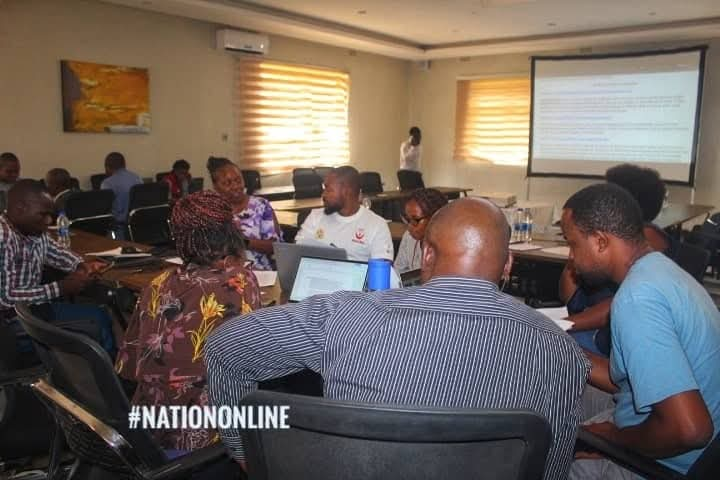By Burnett Munthali
In 2020, under the leadership of the Democratic Progressive Party (DPP), a 50kg bag of maize cost just MWK 6,500.
This price was within reach for many Malawian families and served as a cushion against hunger, even during lean seasons.
It meant that households could buy enough food to last through hard months.
It also meant the government, through ADMARC, could stabilize prices and ensure food was accessible across the country.
Fast forward to 2025, under the Malawi Congress Party (MCP) administration, the situation has dramatically changed—and not for the better.
Today, a 50kg bag of maize is officially priced at MWK 45,000 in ADMARC depots.
That alone represents a shocking 592% increase in just five years.
But the tragedy doesn’t end there.
Despite this already high government-set price, maize is virtually unavailable at ADMARC depots.
The state-run grain marketer, once a reliable pillar of food distribution, has become a hollow institution riddled with inefficiency, mismanagement, and chronic underfunding.
This unavailability has forced desperate citizens to turn to private vendors in open markets.
There, the same 50kg bag of maize is selling for no less than MWK 65,000—and in some places, even higher.
This is a 900% increase compared to the 2020 price under the DPP.
This staggering spike is not just an economic statistic—it is a humanitarian crisis.
For millions of Malawians who live below the poverty line, maize is not a luxury.
It is the difference between eating and starving.
It is the difference between children going to school with full stomachs or dropping out due to malnutrition.
It is a national staple, and any serious government must treat its pricing and availability as a matter of national security.
Sadly, under MCP’s watch, the maize supply chain has collapsed.
The once-trusted AIP (Affordable Inputs Programme) has been marred by scandals, logistical failures, and ghost beneficiaries.
Maize silos are empty.
ADMARC warehouses are deserted.
And small-scale farmers are left unsupported, unable to produce enough due to high input costs, poor irrigation investment, and delayed government interventions.
Instead of strategic reserves and timely interventions, we have speculation, hoarding, and skyrocketing prices.
Instead of food security, we have food panic.
And instead of leadership that listens and responds, we have silence and blame-shifting.
The government’s repeated claims that “everything is under control” ring hollow in the face of these harsh realities.
When maize is unaffordable, the ripple effects cut across every sector—from health to education to productivity.
When people spend most of their income on a single bag of maize, there is nothing left for school fees, transport, clothes, or medical care.
This is how poverty becomes generational.
This is how inequality deepens.
And this is how governments lose the confidence of the governed.
Concluding Analysis
The 900% increase in maize prices from MWK 6,500 in 2020 to MWK 65,000 in 2025 is an indictment of economic mismanagement, failed agricultural policies, and political negligence.
Malawi is not experiencing this crisis because of natural disasters alone.
We are in this crisis because those in power have failed to prioritize food production, stabilize grain reserves, and support farmers.
This is not just a matter of market forces—it is a leadership failure.
If maize—the lifeblood of our nation—can no longer be found or afforded, then we must question the very foundation of our governance.
In 2025, Malawians will not just vote with their ballots; they will vote with their memories of empty plates, long queues, and broken promises.
#NoFoodNoVote
#BringBackFoodSecurity
#LeadershipWithResults




